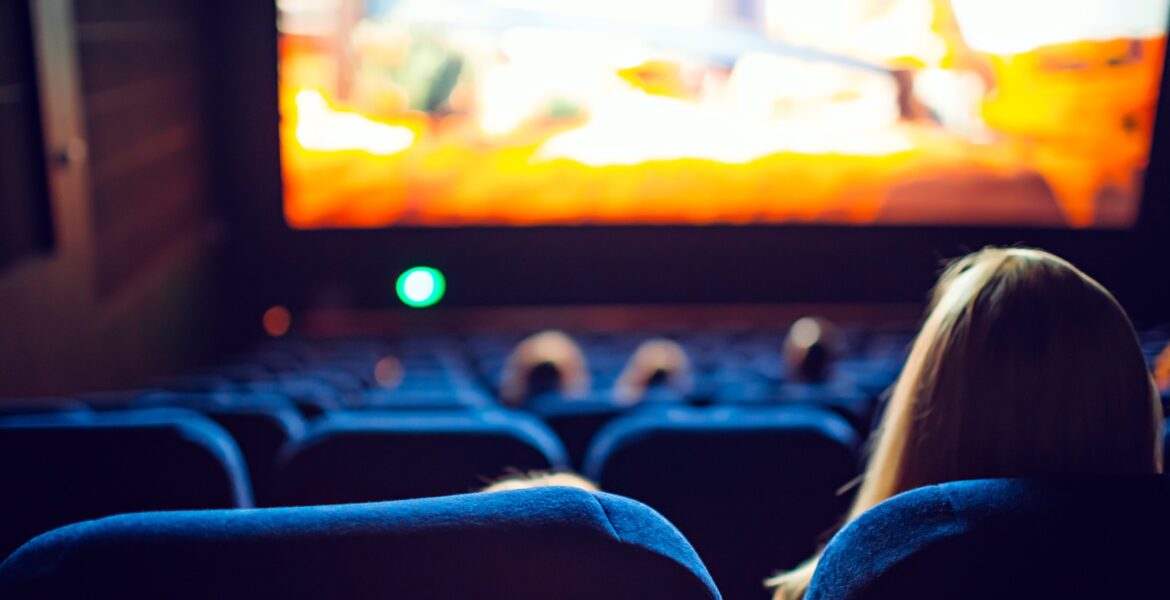The Magic of Cinema: A Journey Through Time

Cinema, a timeless art form, has captivated audiences for over a century. Its evolution has been nothing short of magical, driven by technological advancements that have continually reshaped the way stories are told and experienced on the silver screen. In this journey through time, we'll explore the profound impact of technology on the world of cinema, from its humble beginnings to the immersive spectacles of today.
The Birth of Cinema
At the end of the 19th century, cinema emerged as a novel form of entertainment. The Lumière Brothers, pioneers of early cinema, astounded audiences with their short films, marking the birth of this new medium. Technology played a crucial role in this transformation, as inventions like the motion picture camera and projector made it possible to capture and exhibit moving images.
The Silent Era
The silent era of cinema was a time of experimentation and innovation. The absence of synchronized sound led to creative storytelling through expressive acting, intertitles, and live musical accompaniments. Silent film stars like Charlie Chaplin and Buster Keaton became legends of the silver screen, captivating audiences with their physical comedy and dramatic performances.
Sound Revolution
The advent of synchronized sound in the late 1920s, known as the "talkies," was a technological leap that forever changed cinema. Films like "The Jazz Singer" heralded this new era, allowing characters to speak and songs to be heard. Sound opened up new storytelling possibilities, immersing audiences in the world of cinema with dialogue, music, and sound effects.
Color and Visual Effects
The introduction of color films brought a new dimension to storytelling. Early color processes, such as Technicolor, enriched the visual experience, allowing filmmakers to explore vibrant palettes. Technological advancements in visual effects, such as stop-motion animation and miniatures, gave rise to iconic films like "King Kong" and "The Wizard of Oz," where imagination knew no bounds.
The Digital Age
The late 20th century saw the rise of digital technology in cinema. The transition from film reels to digital files transformed every aspect of filmmaking, from production to distribution. Computer-generated imagery (CGI) pushed the boundaries of what was possible, creating awe-inspiring worlds in films like "Jurassic Park" and "Avatar."
Immersive Cinema
Today, technology continues to redefine the cinematic experience. Innovations like 3D, IMAX, and virtual reality (VR) have pushed the boundaries of immersion. Audiences can step into the worlds of their favorite films, experiencing the magic of cinema in ways that were once unimaginable.
The Future of Cinema
As we look ahead, the future of cinema promises even more enchantment. Advancements in artificial intelligence, augmented reality (AR), and virtual production techniques are set to revolutionize storytelling. Interactive narratives and personalized cinema experiences may become the norm, allowing viewers to shape their own cinematic journeys.
Conclusion
The journey through time reveals that cinema's magic lies not only in storytelling but also in its ever-evolving relationship with technology. From silent films to digital spectacles, each era has brought new wonders to the silver screen. As we continue to push the boundaries of technology, cinema's enchantment will persist, offering audiences around the world a magical escape into the realm of imagination and storytelling for generations to come.